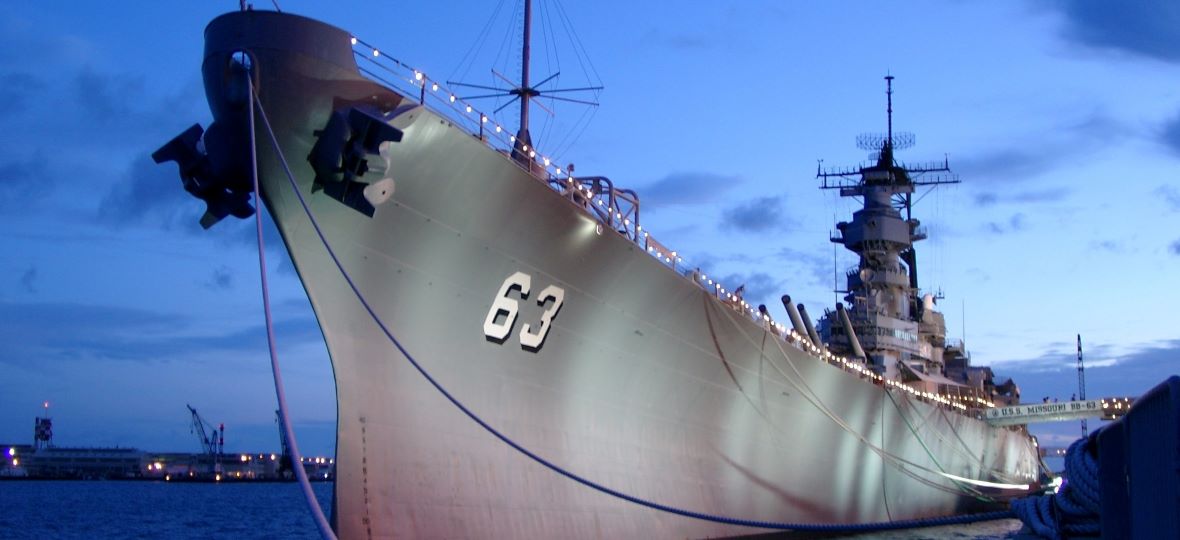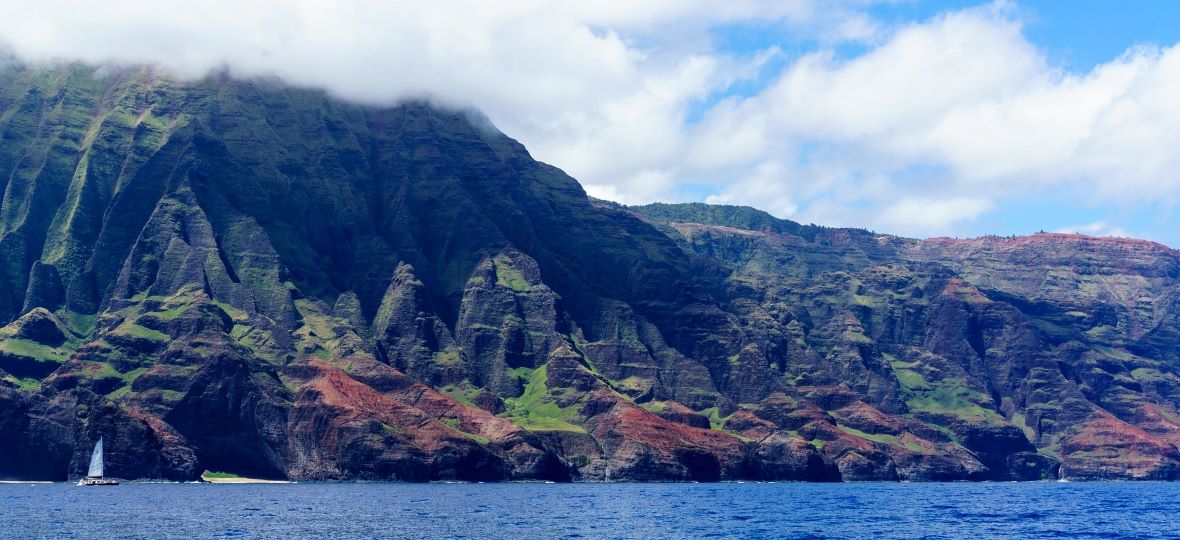Effective yesterday (Nov. 8) new travel protocols aligning with US national measures took effect in Hawaii; and while it was possible for Canadians to travel to the islands previously, the easing of the overall travel chill and the return of Canadian flights (Air Canada starting later this month, WestJet in December) has the tourism industry in both countries looking forward to a gradual return to a pre-pandemic normal in travel from Canada.
In September 2019, nearly 30,000 Canadians travelled to the islands – a number that shockingly, but not surprisingly, dipped to a mere 173 souls in the same month in 2020. This year, 4,326 Canadians arrived in September, according to the state’s Department of Business, Economic Development and Tourism – a whopping but deceptive 2,406.2% jump.
But with more thousand-point monthly gains now undoubtedly on the way, several tourism representatives from Hawaii’s main islands chatted (via Zoom) with Travel Industry Today, catching up Canadians and the travel trade with what’s going on in the Pacific paradise, and what they’ll find there this winter after nearly two years away.
MALAMA HAWAI’I
While Hawaii is eager for the return of Canadians, it is hoped that it will be in a new sustainable environment that finds a balance and doesn’t revert to the over-tourism suffered by the islands before the pandemic. The “Mālama Hawaiʻi” sustainability project now underpins all tourism efforts in the island, including taking of the land, reforestation, encouraging visitors to take part in special projects (such as reef renewal), and working with local communities.
“It’s a big, big project and big goal for all of us here,” says Deanna Ibister of the Island of Hawaii Visitors Bureau.
Some of the ramifications for tourists include capacity limits at attractions, including state parks, prompting Ibister to advise that visitors check – and book where necessary – ahead at their destination. An increasingly important tactic is to go off-peak, for example to avoid weekends on the north shore of Oahu (when local residents are also going to town or the beach) or heading to scenic Maui vistas in the afternoon instead of at busy sunrise or sunset times. Regardless of the time of day, “It’s still pretty spectacular,” says Randy Parker of the Maui Visitors & and Convention Bureau.
“The luaus, the adventures – it’s all about planning now,” adds Ibister, noting that it’s good advice for travel advisors to follow on behalf of their clients now as well.
Here is a brief look at some island news highlights:
BIG ISLAND

The big news on the Big Island is that Kilauea volcano began erupting on Sept. 29 for the first time since 2018, which according to Deanna Ibister is actually good news for tourism. “We were all very excited,” she says, noting that residents head to hills on weekends to get a glimpse of the magnificent geological event. And for visitors, she says, “We’re encouraging everybody to get up there, even if you’ve seen it. If you haven’t seen it while it’s active, it’s just a whole different experience.” Ibister says she visited herself recently, observing, “It’s amazing up there, you can see that beautiful glow. We did the steam vent, the lava tube, did the hike. It doesn’t get boring!”
For Canadians who might be worried about visiting an active volcano, Ibister points out that it’s a misconception that the eruptions aren’t spewing lava up in the air and are instead contained within the crater. “The lava lake and the glow at night, that’s been the experience for a long time now; it’s part of our lives,” she says. “People are thrilled; they can’t believe what’s in front of them. You don’t have that sense of danger at all – you’re just pretty mesmerized.” But she adds, the eruption could stop at any time, so take advantage of seeing it while you can.
In other news, when Canadians begin arriving again on the Big Island, they will be the first to experience new customs facilities in Kona airport. And a unique new experience is a sea salt tour at the technology park.
MAUI

The VCB’s Parker recommends visitors go to the dedicated website mauinuistrong.com for all the latest news on island pandemic protocols, noting that in these “very confusing times,” the up-to-date information listed will help visitors “negotiate the whole thing,” including such details as vaccine protocols for restaurants – especially when rules can vary from island to island.
There are also less formal suggestions that echo the sustainability ambitions of the island, such as a code of conduct for drivers on the popular Road to Hana (such as where to park), and, importantly where to walk (i.e. avoiding private property).
While there isn’t a lot of “new” emerging from the pandemic on Maui, Parker says it’s a point of pride that the island has lost very few hotels/condos, restaurants, and tours from 2019. “We’re coming out very close to the same numbers, which is very, very encouraging,” he says.
What is new are the island’s Malama projects, which are a great way for visitors to connect with the destination, Parker says, and may provide discounts from hotel or tour provider organizers. Examples include building fish havens, making trails, planting trees, or weeding invasive species. But the most important thing, he adds, is “it connects to people and adds some substance to a vacation; it’s not just drinking mai tais on the beach.”
OAHU

Travelling “purposefully, mindfully, and respectively,” is the new mantra for Hawaii’s busiest island, says Karishma Chowfin of the Oahu Visitors Bureau, echoing the malama ethos of the other islands. “Malama means to take care of,”’ she says, explaining that taking part is also a way for visitors to take care of themselves. By helping others through voluntourism projects, they’re “taking care of their own rejuvenation and rebirth coming out of the pandemic.”
Chowfin points visitors to oneoahu.org/travel for the latest protocols and capacity limits on the island. She also advises that those planning to go to popular Pearl Harbour must now purchase their tickets in advance (at recreation.gov); walk-ups are not allowed.
KAUAI

The return of Canadians to Kauai and all the islands is especially eagerly anticipated as Hawaii accentuates sustainable tourism, says Maile Brown of the Kauai CVB, “because they are already very mindful – they’re a good fit. Our Canadians visitors have always been very respectful, very polite and wonderful,” she says.
Brown says a key goal of tourism officials is to continue to get the message out that, like many Hawaiian sites, Haena State Park requires reservations for visitors (started in 2019) to help mitigate a situation that was seeing 3,000 cars a day show up on the north shore, with occupants overrunning and battering the park’s trails and reefs. “Since they included this reservation system it’s a better experience for everyone – you’re not surrounded by so many people and you’ll always have a parking spot,” she says, warning, “If you don’t have a reservation, you’re not getting in.” Slots open online days 30 out and sell out in hours, she advises, adding that North Shore shuttle reservations are also available (sometimes closer to desired visiting dates). With the entry fee included in the price, it’s the best way to go to the park, she says.
Also, with rental cars being at a premium during much of the pandemic, Kauai started a web site, getaroundkauai.com, which details different transportation options on the island.
All the tourism reps report that life is gradually returning to normal in the islands and venues are beginning to, if not universally, re-open. As such, they ask in some cases for “patience” from visitors if something isn’t open or fully up to speed. After all, they note, there has been a pandemic.
TRAVEL REQUIREMENTS
Non-US citizens travelling directly to Hawaii from an international destination must present both a vaccination record and a negative COVID-19 test result (NAAT or antigen) within three days of boarding a flight to the United States. Once in Hawaii, the CDC will conduct compliance checks.

